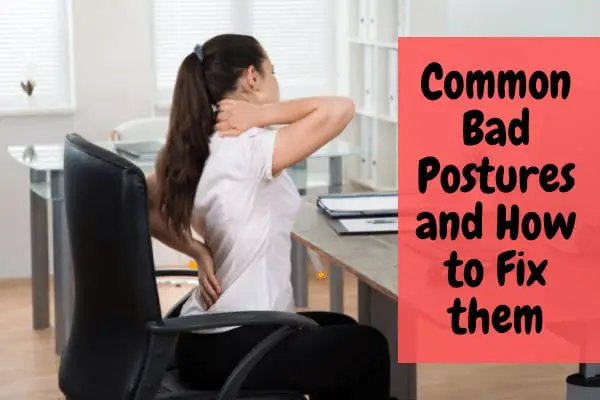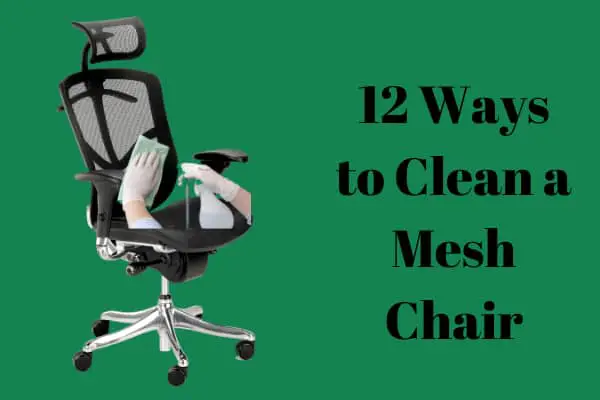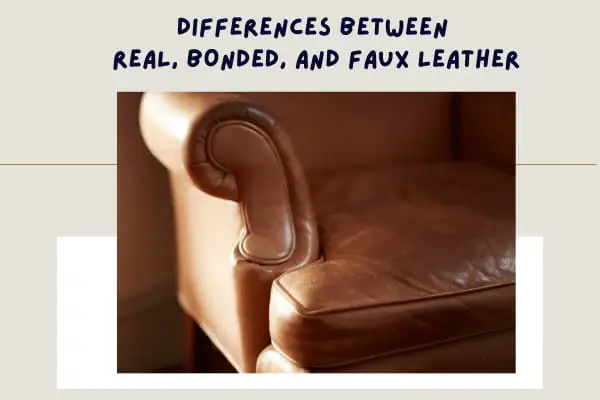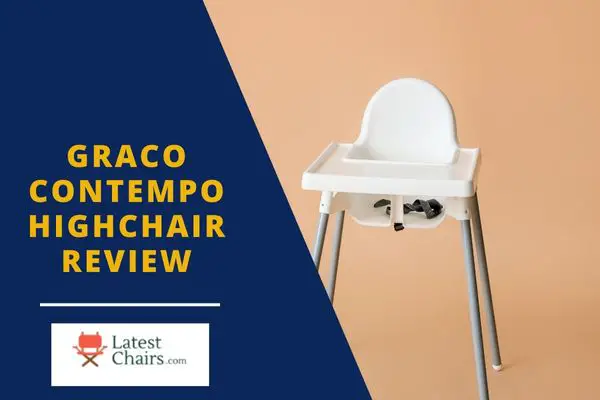High chairs and booster seats both help infants and toddlers sit safely and comfortably at the table or in the car. But, Which one is better for the baby?? This is the question that pops up in our mind when as a parent we think about a feeding chair.

So let’s get on with the comparison of High Chairs Vs Booster Seats.
Why do we need a feeding chair?
We need a feeding chair to help the baby learn to sit and eat in an upright position. A feeding chair can be used from six months to 3 years of age. A baby learns to sit and eat in a definite place and it helps to develop a habit of eating with family and helps create a strong bond. It helps to prevent distractions while eating.
A high chair has a padded sitting to support the baby’s back to sit straight and a belt along with a strong long stand to reach the baby at the table height so your baby can’t wriggle out or fall off the chair.
The booster chair is for a toddler who just needs Little support to sit and reach table height. Babies get ready to sit on booster chairs within 18 months to have their food or just to play with their food. A booster chair can be placed on the car seat, on an already exciting chair, or on the floor.
High Chairs Vs Booster Seats
Let’s find out the difference between high chairs and Booster seats.
Features of High Chairs
High chairs are freestanding seats with a tray that attaches to a chair or table. They are designed for infants and young toddlers who are not yet able to sit in a regular chair.
High chairs have a harness or safety straps to keep the child securely in place. These straps have adjustable height settings to accommodate children of different ages and sizes. Some high chairs also have reclining seats, which can be helpful for infants who cannot sit up on their own.
Here are some of the exciting features of high chairs
- Highchairs are made of hard plastic and wood.
- Highchairs are easier to clean.
- Highchairs have long legs and support safe seating.
- A padded sitting helps the baby stay comfortable.
- Portable and available in lightweight to adjust in your lug to give your baby a safe and easy sitting everywhere.
- Adjustable but a little pricey and can be fit anywhere.
- Takes minimum space to store while folded and not in use
High chairs like Graco Contempo and IKEA Antilop are top-rated and available both online(Amazon) and offline.
Booster chair
Booster seats, on the other hand, are designed for older toddlers and young children who have outgrown a high chair but still need something to sit comfortably at the table.
Booster seats are used on top of a regular chair or car seat. They typically have a strap or harness to secure the child in the seat, Booster seats do not have their own tray like high chairs.
- Booster chairs are made up of plastic only.
- They are easy to clean with removable trays and layers to wash and clean.
- Booster chairs are lightweight and cheaper than highchairs and a right for babies to learn to eat independently
- Booster chair comes in many sizes and can be used up to 4 years of age.
- They have no fold options means these chairs take. Space to store while not in use
- Booster chairs are toddler friendly to boost him to sit at a place, have food, play, and learn.
- Can be used in cars so the kids can watch out from the window and Can be used even on floors
Before deciding whether to buy a high chair or a booster chair please keep in mind that the kids need your supervision and care using the object.
Developing a healthy lifestyle for your kids needs time and dedication.
Here’s a table outlining some of the key differences between high chairs and booster seats:
| Feature | High Chair | Booster Seat |
| Age range | Infants and young toddlers from 6 months of age | Older toddlers and young children from 9 months of age |
| Type of seat | Reclined with extra padding, Freestanding seat with attached tray | Plain plastic seat, a Seat that sits on top of a regular chair |
| Safety straps | Harness or safety straps to keep the child secure | Strap or harness to secure the child in the seat |
| Tray | Has its own tray for the child to eat from | Does not have its own tray, the child eats at the table |
| Height | Adjustable height to accommodate children of all ages and sizes | Raises the child up to table height |
| Portability | Less portable and harder to move around | Lightweight and easy to move from chair to chair |
| Cost | Tends to be more expensive than booster seats | Tends to be less expensive than high chairs |
| Storage | Takes up more storage space when not in use | Takes up less storage space when not in use |
Is my baby ready for a high chair?
Wondering if your baby is ready for a high chair? Below is a guide to finding out if the baby is ready.
- Yes
- If Your Baby is at least 6 months old
- Can sit up on his own(without any support)
- Able to keep his head up unsupported
- Maybe
- If your baby is between 4-6 months
- Can sit up on his own(without any support)
- Able to keep his head up unsupported
- Avoid
- If your baby can’t sit up without any support
- Not able to hold his head up unsupported
Is my baby ready for a booster seat?
Here are a few signs that can indicate if your child is ready for a booster seat:
- Yes
- If Your Baby is more than 9 months old
- Can sit up on his own (without any support)
- Able to keep his head up unsupported
- Can eat independently
- Maybe
- If your baby is between 6-9 months
- Can sit up on his own(without any support)
- Able to keep his head up unsupported
- Avoid
- If your baby can’t sit up without any support
- Not able to hold his head up unsupported
Conclusion
The choice between high chairs and booster seats depends on your child’s age, size, and developmental stage. High chairs are usually the better option for younger infants and toddlers who need more support and a tray to eat from.
Booster seats are ideal for older toddlers and young children who can sit up on their own but need a booster seat for more safety.
Ultimately, the decision comes down to personal preference and what works best for your family’s needs. I hope this guide will help you find the right choice for your baby to learn to sit and eat happily.









